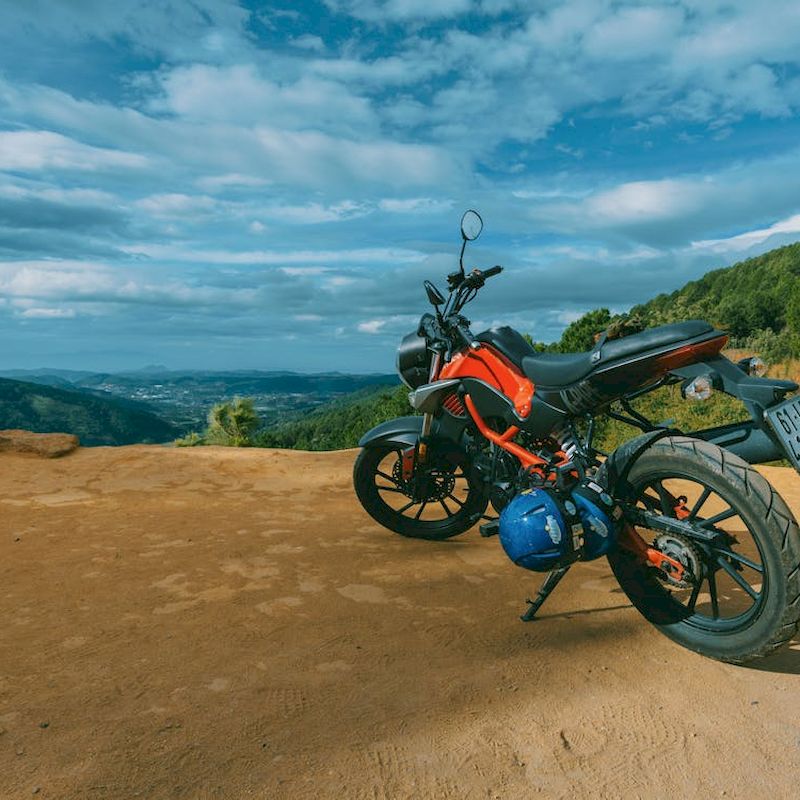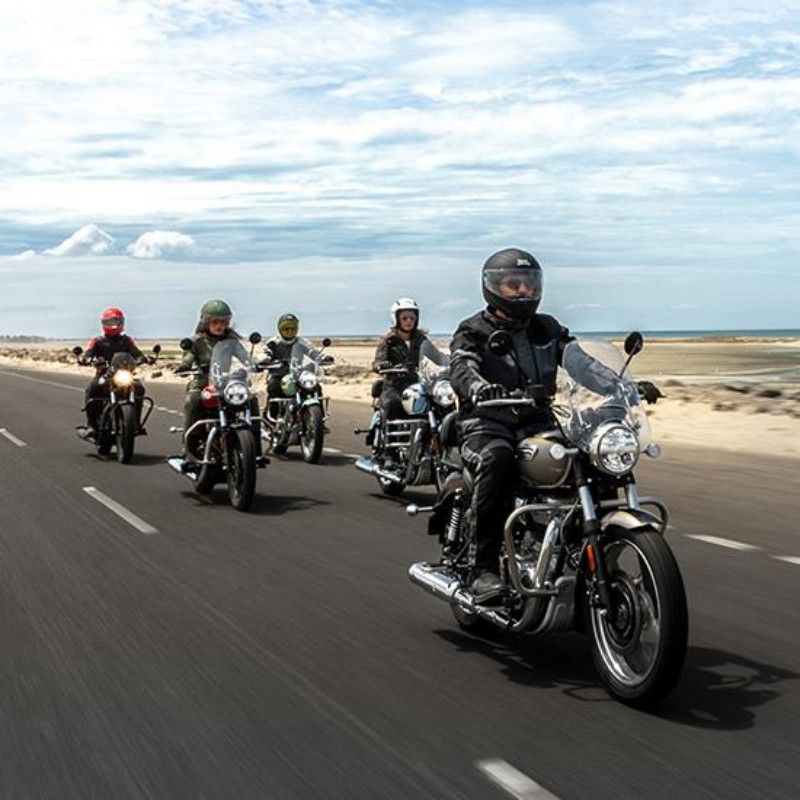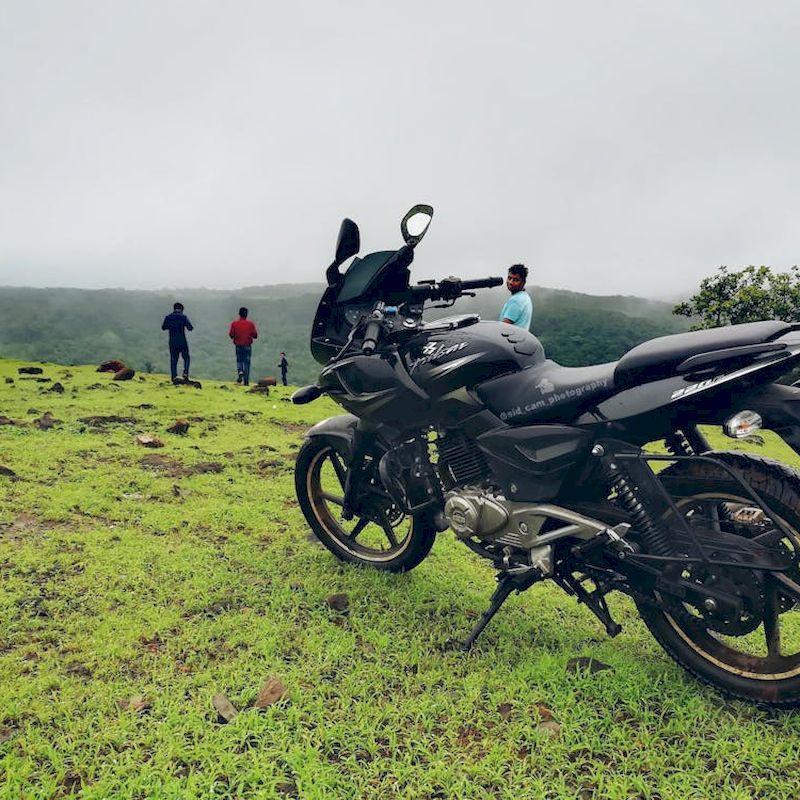Navigating on a motorcycle presents unique challenges, particularly when it comes to accessing reliable navigation tools. That’s where motorcycle GPS mounts come into play. These mounts not only help secure your GPS device but also provide a convenient way to keep your eyes on the road while easily accessing navigation functions. The variety of motorcycle GPS mounts available allows riders to choose options that best suit their bikes, personal preferences, and riding styles. From sturdy handlebar mounts to compact tank mounts, the right mount can greatly enhance your riding experience, making it safer and more enjoyable. In this article, we will explore the different types of motorcycle GPS mounts, their features, installation processes, and considerations for choosing the best one for your specific needs. Additionally, we will delve into safety tips, maintenance, and popular brands that lead the market in motorcycle GPS mounting solutions. By the end, you’ll have a comprehensive understanding of motorcycle GPS mounts and how they can improve your adventures on two wheels.
The Importance of Using GPS on Motorcycles
The integration of GPS technology in motorcycles has revolutionized how riders explore the world. Here are some compelling reasons highlighting the necessity of GPS devices while on the road:
- Real-Time Directions: GPS devices offer real-time directions, ensuring you never get lost in unfamiliar territory. This feature is particularly invaluable in sprawling cities or remote areas.
- Route Planning: Many GPS units allow riders to pre-program optimal routes, including scenic byways or avoiding traffic-prone areas. Planning your ride enhances the overall experience.
Safety Features
- Quick Access to Emergency Services: GPS devices often include features that allow you to access emergency services quickly in distress situations, ensuring rider safety.
- Avoiding Dangerous Areas: Advanced GPS units can provide information on crime-prone areas or road closures, helping riders avoid potential dangers while on the road.
Fuel Efficiency and Time Management
- Efficient Routing: GPS navigation helps identify the shortest routes, saving fuel and time. Efficient routing contributes to an economical riding experience.
- Avoiding Traffic: Many GPS devices provide live traffic updates, allowing riders to sidestep congested areas and arrive at their destinations more quickly.
Connectivity with Mobile Devices
- Integration with Smartphones: Modern GPS mounts often support connections with smartphones, enabling the usage of apps such as Google Maps, Waze, or other navigational programs.
- Music and Communication: Many GPS devices include features for music streaming or hands-free communication, enhancing the overall riding experience without compromising safety.
Understanding the importance of GPS function while riding emphasizes how essential motorcycle GPS mounts are in securing devices correctly for safe navigation.
Types of Motorcycle GPS Mounts
With a plethora of motorcycle GPS mounts available on the market, selecting the right one requires understanding their variations and unique features. Here’s a breakdown of different types of mounts:
Handlebar Mounts
- Overview: Handlebar mounts are among the most popular choices. They attach directly to the handlebars, positioning the GPS device within the rider’s line of sight.
- Adjustability: Many handlebar mounts feature adjustable angles, allowing riders to find the perfect viewing position easily.
- Installation: Most handlebar mounts come with straightforward installation kits that fit most motorcycle handlebar sizes.
Tank Mounts
- Description: Tank mounts attach to the gas tank of a motorcycle, providing an alternate mounting position that can be convenient for larger devices.
- Visibility: This type of mount often offers optimal visibility without blocking the rider’s view forward. It integrates well with touring-style bikes.
- Magnetic Options: Some tank mounts utilize magnetic features, making it easy to attach and remove the device quickly.
Fork Mounts
- Design and Functionality: Fork mounts attach to the front forks of the motorcycle, providing a unique position that can be particularly effective for small GPS devices or smartphones.
- User Considerations: Riders looking for a minimalistic approach may find fork mounts appealing, as they offer a clean look and avoid cluttering the handlebars.
- Stability: Fork mounts tend to provide stability, especially during rough terrains or bumpy rides.

Stem Mounts
- Utilization: Stem mounts attach to the space just above the handlebars where the stem connects to the front of the motorcycle.
- Advantages: This type reduces the risk of vibrations affecting the GPS device while keeping it within easy reach.
- Design Variations: Stem mounts come in various designs, with some featuring locking mechanisms to enhance security.
Bluetooth-Compatible Mounts
- Overview: These mounts support GPS devices with Bluetooth capabilities, allowing for seamless connectivity with smartphones or headsets.
- Enhanced Functionality: By using Bluetooth-compatible mounts, riders can receive turn-by-turn directions without taking their eyes off the road.
- Sound Integration: Many riders appreciate the audio cues provided by Bluetooth connections, enabling clearer communication and navigation.
Factors to Consider When Choosing a Motorcycle GPS Mount
Choosing the right motorcycle GPS mount involves several considerations that can greatly impact functionality and safety. Here are key factors to weigh before making your purchase:
Compatibility with Your Motorcycle
- Mounting Locations: Ensure that the mount you select is compatible with your motorcycle’s design. Check the handlebars, gas cap area, and other locations for proper installation.
- Device Size: Consider the size of the GPS device you plan to use. Not all mounts accommodate larger devices, and security features should align with the dimensions.
Stability and Security
- Secure Locking Mechanisms: Look for mounts that offer robust locking systems to prevent the device from slipping or falling during rides.
- Vibration Dampening: Rotating or bouncing while riding can lead to damage. Invest in mounts that minimize vibration and protect sensitive devices.
Ease of Installation
- User-Friendly Assembly: Choose a mount that offers easy installation without requiring specialized tools. Most motorcycle owners should be able to set it up without difficulty.
- Adjustability: Ensure that the mount allows for easy angle adjustments for optimal visibility throughout various riding conditions.
Weather Resistance
- Durable Materials: Select mounts crafted from weather-resistant materials to withstand rain, heat, and UV exposure.
- Element Protection: Some mounts come with covers or protective features that enhance longevity and performance in adverse weather conditions.
Price and Warranty Considerations
- Budgeting: Prioritize price points that fit within your budget. Consider the features offered and potential long-term durability.
- Warranty Coverage: Assess warranty details and whether the mount offers a guarantee. This protects your investment and provides peace of mind.
Taking these factors into account when selecting a motorcycle GPS mount will help ensure you choose one that meets your needs and enhances your riding experience.
Installing Your Motorcycle GPS Mount
Once you’ve chosen the ideal mount for your device, the next step is ensuring correct installation. Below are guidelines to consider while properly installing your motorcycle GPS mount:
1: Gather Tools and Prepare
- Required Tools: Ensure you have all necessary tools. This might include a wrench set, screwdrivers, or whatever else is specified by the mount’s instructions.
- Clear Workspace: Prepare your workspace to ensure safety and efficiency during installation. Park your motorcycle on a stable surface.
2: Follow Mount Instructions
- Read Instructions: Thoroughly read the installation manual provided with your mount. Different mounts may have unique procedures that are critical to follow.
- Locate Mounting Area: Identify the location on your motorcycle frame where the mount will be installed, based on your earlier compatibility assessment.
3: Install the Mount
- Secure the Base: Attach the base of the mount to the chosen area, ensuring it is aligned correctly. Use the provided hardware to secure it in place.
- Tightening Fasteners: Don’t overtighten, as doing so may cause damage to the motorcycle or the mount itself. The mount should be secure without excessive force.
4: Attach the GPS device
- Positioning the Device: Follow instructions for securing your GPS device to the mount. Double-check that it fits snugly and has been locked appropriately.
- Adjusting Visibility: Make any necessary adjustments to position the device for optimal visibility while riding.
5: Test Stability
- Pre-Ride Check: Before taking your motorcycle out, do a quick check to ensure that all components are securely fastened and the GPS device is properly aligned.
- Test Ride: Take your motorcycle for a short ride to assess the stability of the mount and confirm that the device remains securely fastened throughout the journey.
By following these installation steps, you can save time and ensure that your GPS mount is fitted securely, enhancing your safety and riding experience.
Common Issues with Motorcycle GPS Mounts
Even with proper installation, you may encounter some issues with motorcycle GPS mounts. Here are some common problems and how to address them:
Vibration Problems
- Loose Fittings: If the GPS appears to vibrate excessively during rides, check the mount’s fittings. Tightening screws and fasteners may resolve the issue.
- Shock Absorbing Solutions: If vibration persists, consider getting vibration dampening mounts or pads that help absorb shock while riding.
Weather Damage
- Moisture Infiltration: If the GPS encounters rain frequently, inspect the mount for signs of wetness inside the device. Ensure your mount is weather-resistant and provides adequate seals.
- Protective Covers: Consider investing in a protective cover for your GPS device to safeguard it against moisture, dust, and sun damage.
Device Compatibility
- Sizing Issues: Issues may arise if the GPS device does not fit securely in the mount. Check for any adjustments or reviews that may help identify fitment discrepancies.
- Adaptable Accessories: If the mount’s design proves an issue with certain devices, seek out adaptors or additional accessories that may enhance compatibility.
Electrical Connectivity
- Power Issues: If your GPS device is powered through the motorcycle’s system, ensure that the connection is secure. Inspect any wires for fraying or damage.
- Battery Life: Regularly check the battery life of your GPS. If connectivity issues persist, consult the product manual or seek professional assistance.
By identifying and addressing these common issues, you can effectively maintain your motorcycle GPS mount and ensure it enhances your riding experience, rather than detracts from it.
Conclusion
Taking the time to understand how to select, install, and maintain motorcycle GPS mounts is crucial for any rider passionate about safe and effective navigation. Whether it’s about enhancing your road trips or simply ensuring you reach your daily destinations without hassle, the right motorcycle GPS setup can dramatically improve your riding experience.
As a motorcycle enthusiast, being equipped with a reliable GPS system mounted securely gives you peace of mind and enhances your adventurous spirit. Remember to monitor for signs of wear, maintain the equipment regularly, and make necessary adjustments to your mounting systems.
With the insights shared in this article about how to buy the right mount, install it correctly, and prolong its lifespan, you will be well-prepared to tackle any journey confidently. Keep exploring and enjoy the thrill of riding while equipped with a comprehensive and effective navigation tool.


